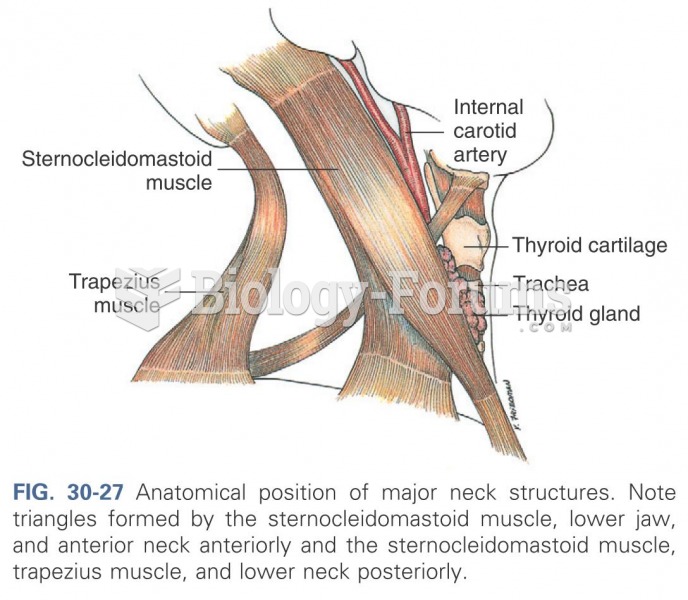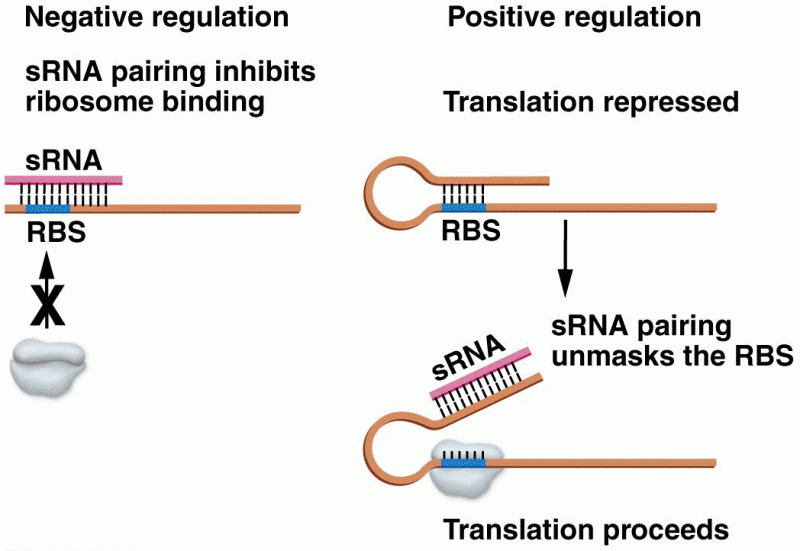Answer to Question 1
The inner surface of the small intestine looks smooth and slippery, but when viewed through a microscope, it turns out to be wrinkled into hundreds of folds. Each fold is contoured into thousands of fingerlike projections, as numerous as the hairs on velvet fabric. These small intestinal projections are called villi. A single villus, magnified still more, turns out to be composed of hundreds of cells, each covered with its own microscopic hairs, called microvilli.
In the crevices between the villi lie the cryptstubular glands that secrete the intestinal juices into the small intestine. Nearby goblet cells secrete mucus. The villi are in constant motion. Each villus is lined by a thin sheet of muscle, so it can wave, squirm, and wriggle like the tentacles of a sea anemone. Any nutrient molecule small enough to be absorbed is trapped among the microvilli and then drawn into the cells. Some partially digested nutrients are caught in the microvilli, digested further by enzymes there, and then absorbed into the cells.
The cells of the villi are among the most amazing in the body, for they recognize and select the nutrients the body needs and regulate their absorption. As already described, each cell of a villus is coated with thousands of microvilli, which project from the cell's membrane. In these microvilli, and in the membrane, lie hundreds of different kinds of enzymes and pumps, which recognize and act on different nutrients. Descriptions of specific enzymes and pumps for each nutrient are presented in later chapters where appropriate; the point here is that the cells are equipped to handle all kinds and combinations of foods and their nutrients.
A further refinement of the system is that the cells of successive portions of the intestinal tract are specialized to absorb different nutrients. The nutrients that are ready for absorption early are absorbed near the top of the GI fact, the contrary is often true; foods eaten together can enhance each other's use by the body. For example, vitamin C in a pineapple or other citrus fruit can enhance the absorption of iron from a meal of chicken and rice or other iron- containing foods.
When a nutrient molecule has crossed the cell of a villus, it enters either the bloodstream or the lymphatic system. Both transport systems supply vessels to each villus. The water-soluble nutrients and the smaller products of fat digestion are released directly into the bloodstream and guided directly to the liver, where their fate and destination will be determined.
The larger fats and the fat-soluble vitamins are insoluble in water, however, and blood is mostly water. The intestinal cells assemble many of the products of fat digestion into larger molecules. These larger molecules cluster together with special proteins, forming chylomicrons. Because chylomicrons carry fats, they are released into the lymphatic system. They move through the lymph until they can enter the bloodstream at a point near the heart. Consequently, chylomicrons bypass the liver at first.
Answer to Question 2
Mouth: The process of digestion begins in the mouth. During chewing, teeth crush large pieces of food into smaller ones, and fluids from foods, beverages, and salivary glands blend with these pieces to ease swallowing. Fluids also help dissolve the food so that the tongue can taste it; only particles in solution can react with taste buds. When stimulated, the taste buds detect one, or a combination, of the five basic taste sensations: sweet, sour, bitter, salty and umami, a savory flavor commonly associated with monosodium glutamate. In addition to these chemical triggers, aroma, appearance, texture, and temperature also affect a food's flavor.
The tongue provides taste sensations and moves food around the mouth, facilitating chewing and swallowing. When a mouthful of food is swallowed, it passes through the pharynx, a short tube that is shared by both the digestive system and the respiratory system. To bypass the entrance to the lungs, the epiglottis closes off the airway so that choking doesn't occur when swallowing. After a mouthful of food has been chewed and swallowed, it is called a bolus.
Esophagus: The esophagus has a sphincter muscle at each end. During a swallow, the upper esophageal sphincter opens. The bolus then slides down the esophagus, which passes through a hole in the diaphragm to the stomach. The lower esophageal sphincter at the entrance to the stomach closes behind the bolus so that it proceeds forward and doesn't slip back into the esophagus.
Stomach: The stomach retains the bolus for a while in its upper portion. Little by little, the stomach transfers the food to its lower portion, adds juices to it, and grinds it to a semiliquid mass called chyme. Then, bit by bit, the stomach releases the chyme through the pyloric sphincter, which opens into the small intestine and then closes behind the chyme.
Small intestine: At the beginning of the small intestine, the chyme bypasses the opening from the common bile duct, which is dripping fluids into the small intestine from two organs outside the GI tractthe gallbladder and the pancreas. The chyme travels on down the small intestine through its three segmentsthe duodenum, the jejunum, and the ileumalmost 10 feet of tubing coiled within the abdomen.
 Diverticulosis. It is the presence of abnormal pouches in the wall of the large intestine (diverticu
Diverticulosis. It is the presence of abnormal pouches in the wall of the large intestine (diverticu
 Effect of pH on drug absorption: (a) a weak acid such as aspirin (ASA) is in a nonionized form in an
Effect of pH on drug absorption: (a) a weak acid such as aspirin (ASA) is in a nonionized form in an





